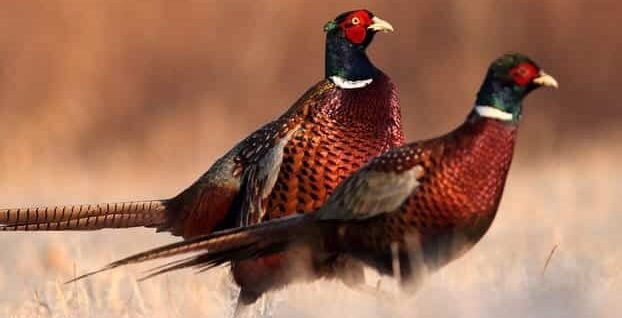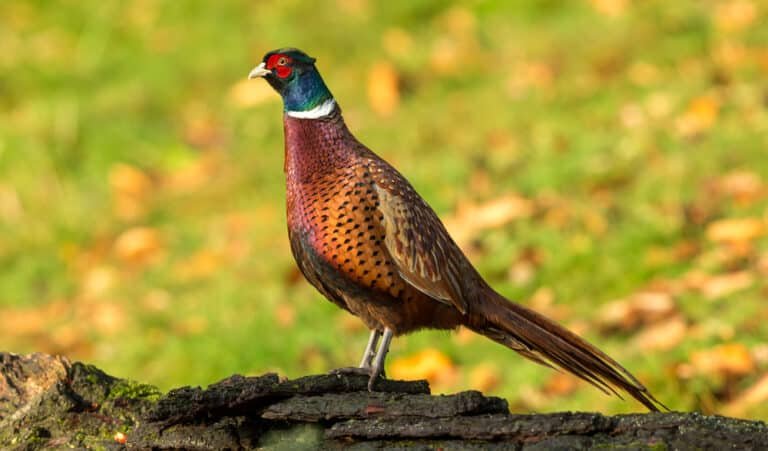Like Pheasant Eggs? 3 Amazing Facts You Should Know
Looking to raise a brood of adorable pheasant chicks? The journey begins with the beautiful, speckled marvel – pheasant eggs!

Three Amazing Facts
Tiny Titans of Nutrition: Don’t let their size fool you! Pheasant eggs pack a wallop for protein, boasting even more protein per gram than their chicken counterparts. They’re also a great source of essential vitamins and minerals, making them a healthy and delicious way to start your day.
Flavorful Surprise: Forget the bland stereotype! Pheasant eggs offer a delightful surprise on the palate. Their taste is often described as richer and creamier than chicken eggs, with a hint of earthiness. This unique flavor profile makes them perfect for enjoying in various ways, from soft-boiled to adding a touch of elegance to your favorite recipes.
From Speckled Gem to Feathered Friend: Pheasant eggs aren’t just delicious; they’re also the starting point for new life! In the wild, mama pheasants are dedicated incubators, keeping their eggs warm for nearly a month until adorable, fluffy chicks emerge. This incredible transformation from a beautiful speckled egg to a feathered friend is a fascinating natural wonder.
Introduction
Pheasants, known for their vibrant plumage, are stunning game birds worldwide. But did you know they also lay some of the most delightful – and surprisingly delicious – eggs?
These little gems are speckled treasures, smaller and more delicate than their chicken counterparts. While pheasant eggs can be a delightful addition to your breakfast scramble, they also hold a special significance for breeders and hunters who raise chicks.
So, whether you’re a curious cook or a bird enthusiast, this blog is your one-stop guide to all things pheasant eggs!
Physical Characteristics
Unlike their ubiquitous chicken cousins, pheasant eggs are an eye treat. Imagine a delicate oval, about half the size of a chicken egg but twice as big as a quail’s. When they hatch, pheasant chicks are about the same size as a piece of saltwater taffy, emphasizing their small size, speed, and vibrant coloration.
The smooth shell comes in various beautiful colors, from a pale olive green to a warm, speckled brown. Unlike chicken eggs, pheasant eggs often have subtle speckles and markings that add to their unique charm.
Nutritional Value
Don’t let their diminutive size fool you! Pheasant eggs are nutritional powerhouses. Packed with protein, they boast even more protein per gram than chicken eggs.
They’re also a good source of essential vitamins like Vitamin A, B12, and D and minerals like iron and phosphorus. This impressive nutritional profile makes them a healthy and delicious way to start your day.
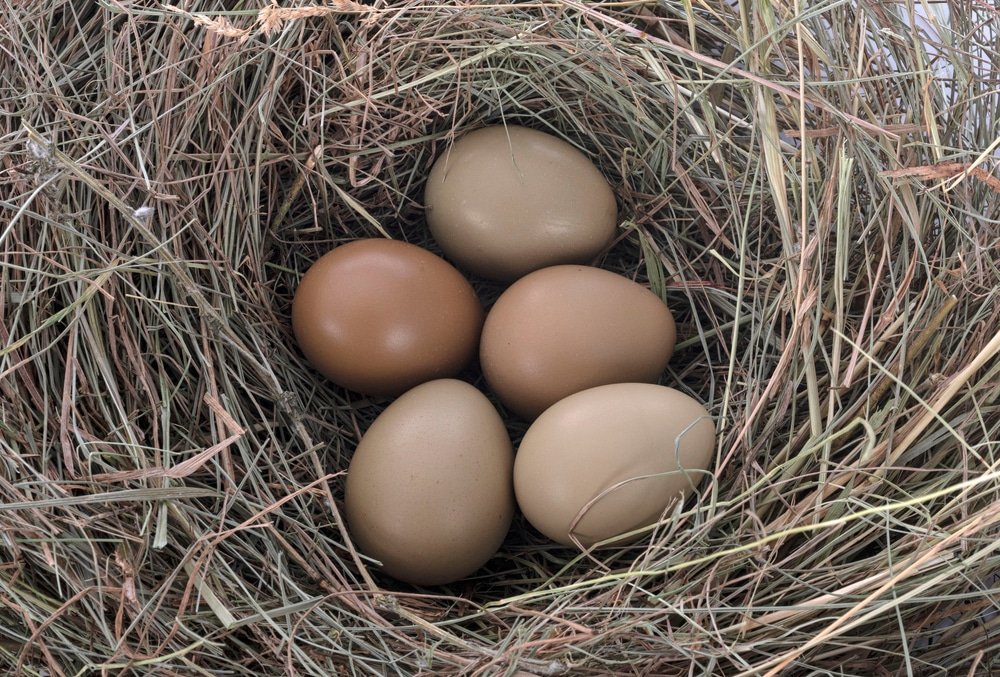
Taste and Culinary Uses
While some might expect a strong, gamey flavor, pheasant eggs offer a delightful surprise. Their taste is often described as richer and creamier than chicken eggs, with a hint of earthiness.
This makes them perfect for enjoying soft-boiled, where the luxurious yolk truly shines. But don’t be limited!
Since their flavor profile is more delicate, pheasant eggs can be a wonderful substitute for chicken eggs in recipes. They can be scrambled, poached, or even fried, adding a touch of elegance to any dish.
Incubation for Chicks
In the wild, pheasant hens are dedicated mothers, carefully incubating and hatching their clutch of eggs for around 24-28 days. During this time, the warmth from the hen’s body provides the ideal environment for the chicks to develop inside the egg, and the hen turns the eggs regularly to ensure even development.
However, for breeders and hunters, artificial incubation in a controlled setting is another option for hatching chicks. This process requires careful monitoring of temperature and humidity and turning the eggs to ensure healthy development.
Increasing humidity during incubation is crucial, and using a wet bulb thermometer helps maintain the required humidity levels.
Considering Pheasant Eggs
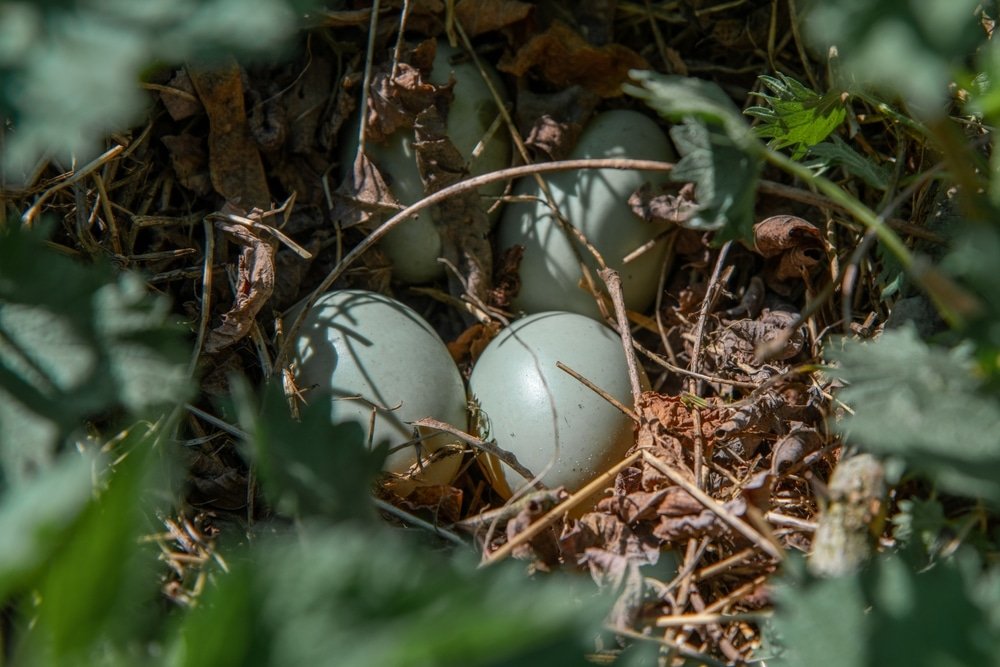
Where to Find Pheasant Eggs
So, are you interested in acquiring some pheasant eggs? There are a couple of options.
You can connect with local breeders who raise pheasants, or you might be able to find them at hunting properties – but always be sure to ask permission before collecting eggs on someone else’s land.
Cost Considerations
Due to their smaller size and specialty nature, pheasant eggs are pricier than chicken eggs. Depending on the breed and source, you can expect to pay several dollars per egg.
Legality and Regulations
It’s important to check your local regulations before collecting or purchasing pheasant eggs. Some areas might restrict pheasant hunting or egg collection due to conservation efforts.
A quick online search or call to your local wildlife department can clarify any regulations in your area.
Ethical Considerations
Remember to prioritize ethical sourcing when acquiring pheasant eggs, especially for incubation. Look for breeders who prioritize the health and well-being of their birds and ensure responsible collection practices if gathering eggs yourself.
Hatching Pheasant Eggs

While pheasants are naturally adept incubators, some breeders and hunters opt for artificial incubation using a specialized device called an incubator. This method allows for greater control over temperature, humidity, and egg turning – all crucial factors for healthy chick development.
The incubation period for pheasant eggs typically lasts around 24-28 days. During this time, monitoring the incubator closely is important to ensure optimal conditions.
Hens tend to lay eggs after 3 pm, a common time for egg collection. Once hatching begins, it can take several hours for chicks to emerge from their shells fully.
Pheasant Chicks
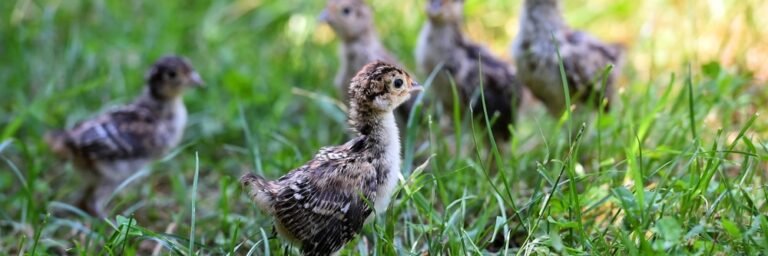
Newly hatched pheasant chicks, called chicks or keets, are adorable balls of fluff with exceptional camouflage instincts. These precocial chicks, meaning they can walk and feed themselves shortly after hatching, require a specific brooding environment to thrive.
This brooder typically consists of a heated enclosure with proper ventilation and bedding. Chicks need constant warmth and a high-protein diet for the first few weeks to support their rapid growth. With proper care, pheasant chicks will fledge or develop flight feathers around 7-8 weeks old.
Quail Eggs

While this blog has focused on pheasant eggs, their smaller cousins, quail, are also popular for consumption and incubation. These tiny, speckled eggs are even smaller than pheasant eggs, and their flavor profile is often described as richer and gamier than that of chicken eggs.
Like pheasant eggs, quail eggs are a good source of protein and vitamins. They can be enjoyed in various ways, from boiled to fried, adding a delightful flair to appetizers or small dishes.
Hatched Quail
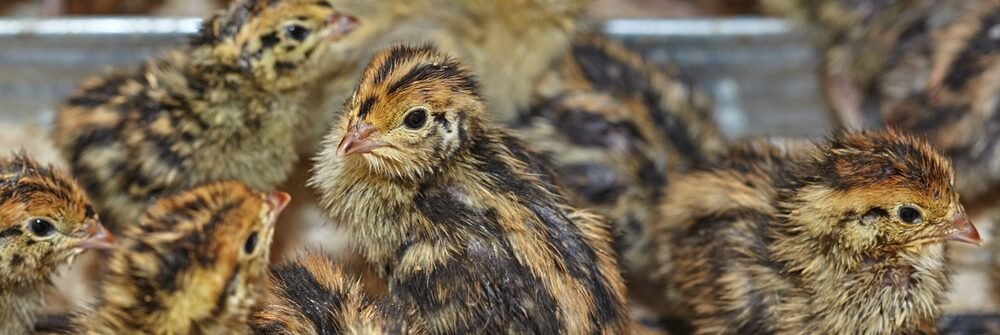
Whether you’ve hatched pheasant chicks or acquired them from a breeder, providing proper care is essential. Chicks of many bird species, including pheasants and quail, require specific housing with adequate space, temperature control, and proper nutrition.
As they mature, their diet can transition from a high-protein starter to a game bird feed mix formulated for their needs. With proper care and attention, hatched chicks can grow into healthy adult pheasants or quail.
Conclusion
Pheasant Eggs offer culinary adventurers and bird enthusiasts a unique and delightful experience. These beautiful, speckled gems are a feast for the eyes and a nutritional powerhouse.
Whether you enjoy their rich, creamy flavor in your breakfast scramble or embark on the fascinating journey of hatching pheasant chicks, these remarkable eggs offer something special.
So, the next time you’re looking for a new ingredient or want to learn more about pheasant raising, consider the egg’s wonders!
Frequently Asked Questions (FAQs)
What do pheasant eggs look like?
Pheasant eggs are smaller and more delicate than chicken eggs. They have a smooth shell that can be olive green, brown, or even speckled.
How do pheasant eggs taste?
Despite their smaller size, pheasant eggs pack a flavor punch! They are often described as richer and creamier than chicken eggs, with a hint of earthiness. This makes them perfect for enjoying soft-boiled or used in recipes for a touch of elegance.
Where can I buy pheasant eggs?
Pheasant eggs can be harder to find than chicken eggs. You can try contacting local pheasant breeders or hunting properties (with permission), but be aware they might be pricier due to their specialty nature.
Can I collect pheasant eggs in the wild?
It depends on your local regulations. Some areas might restrict pheasant hunting or egg collection due to conservation efforts. Always check with your local wildlife department before collecting eggs in the wild.
How long does it take for pheasant eggs to hatch?
The incubation period for pheasant eggs typically lasts around 24-28 days.
Can I hatch pheasant eggs at home?
Some breeders and hunters use specialized incubators to hatch pheasant eggs. This method requires careful monitoring of temperature and humidity and turning the eggs.
What do baby pheasants eat?
Newly hatched pheasant chicks, called keets, are precocial and can feed themselves shortly after hatching. They require a high-protein diet to support their rapid growth.
Are quail eggs similar to pheasant eggs?
Yes, quail eggs are another popular option for consumption and incubation. They are smaller than pheasant eggs and have a richer and gamier flavor profile.

